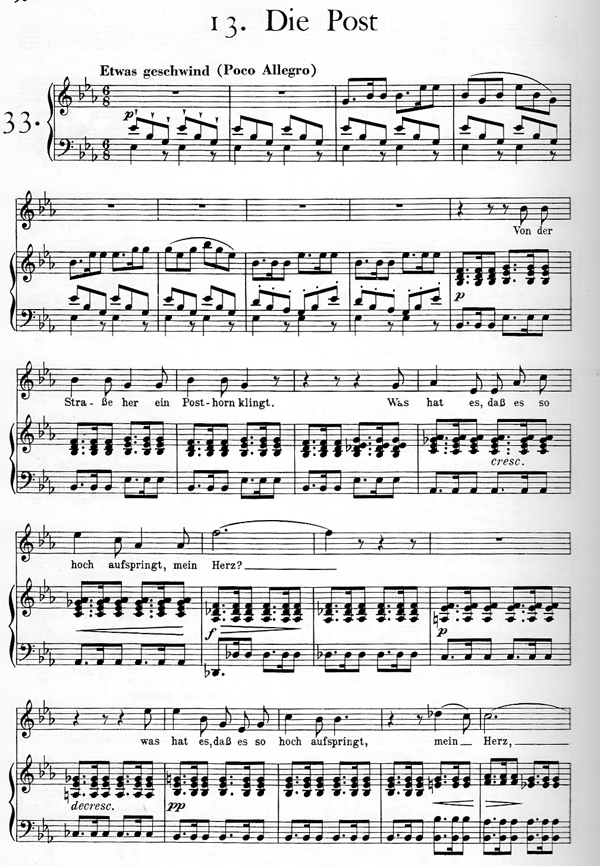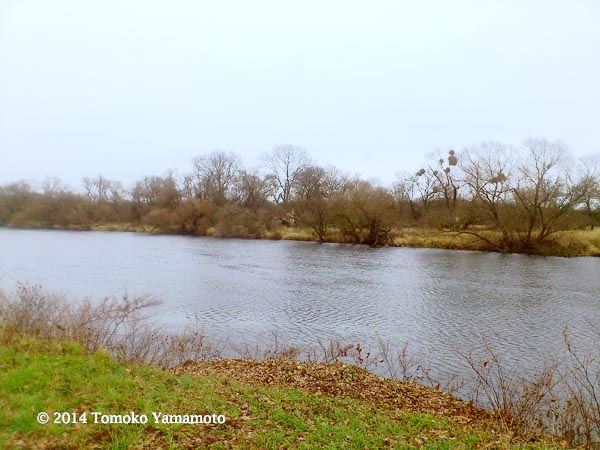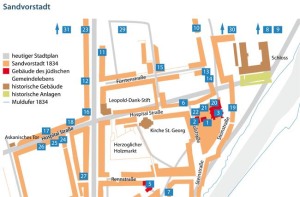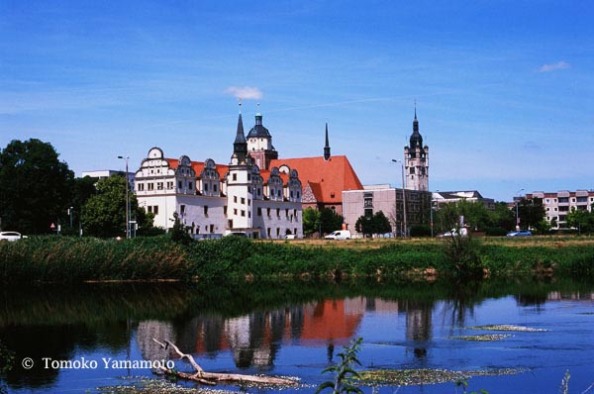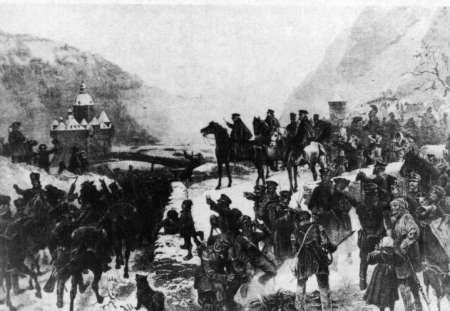
The crossing of the Rhine at Kaub, Germany in the winter of 1813/1814 took place as the Prussian Army, under the direction of General Blüher, pursued Napoleon and his troops.
Crossing of the Rhine in 1814
My name is Johann Ludwig Wilhelm Müller. I was born as the sixth child of a tailor, Christian Heinrich Leopold Müller and his wife Marie Leopoldine in Dessau, Germany.
By the time I was three, I became the only child of my parents. I vagely remember the funeral of the last of my five siblings to die because I was only three. I did not have any more playmates after that at home. Another sad incident in my life was the death of my mother. It happened when I was 14. My father remarried one year later to the daughter of a meat shop owner because my father wanted to give me an education.
I grew up in the Jewish neighborhood although my family was Christian. It was because my father was poor. I heard different accents from the German I learned at home and in school in my neighborhood. The street where my father’s house used to stand is the Steinstraße within short walking distance of the Mulde, a river flowing into the Elbe, and in the neighborhood nearby there was a Jewish temple.
As a result of my father’s remarriage, my father was able to send me to the University in Berlin in the beginning of July, 1812. I was 18 year old at that time. However, shortly after my arrival at the University, the Prussian King, Frederick William, declared war against Napoleon. This was a significant shift in that the Kindgdom of Prussia decided to break away from Napoleon’s France.
First, we need to understand the historical background of the war development before I tell my own experience during this war. I am not going to write a long history of how Napoleon became an emperor in France. I need to tell you briefly what Napoleon did to my country of Prussia.
We had learned in school that Napoleon defeated the Russian and the Austrian troops under their emperors at Austerlitz (located southeast of Brno, Czech Republic) in 1805. This meant the Holy Roman Empire was dissolved and he added Germany and Italy to his empire centering in Paris. We should note that Prussia was not the part of Germany he added. In 1806, however, there was a battle between France under Napoleon and the Hohenzollern Prussia. In this battle King Frederick William III had to flee with his family. However, this defeat has led to a reform in the military organization of the Prussian Army.
But we know that the Franch Army under Napoleon went to Russia and had to flee facing the severe winter in Russia. This Russian disaster by the French enboldened the Prussians to wage a war against France (Befreiungskrieg). In English it is called the War of Liberation.
I was one of the volunteer soldiers because we all wanted to get rid of Napoleon.
My first station was Großgörschen (May 2, 1813). This was a battleground southeast of Leipzig. This battle was fierce and many soldiers lost their lives on both sides. This was where I lost my Dessau schoolmate, Ludwig Bornemann. I was really shocked by this loss. I sort of knew that the battles meant killing and being killed, but when it happens to your close friend, it is still shocking. Then came Bautzen (May 20/21, 1813), Hainau in Schlesia (May 26), and Kulm in northern Bohemia (August 29/30 1813). All of the above places were battlegrounds, and then I was assigned to a depot in Prague (Fall, 1813). My last station was the commander’s office in Brussels (1814). By the time I was assigned to Brussels, I had become a liutenant.
Reaching Brussels required that the Prussian Army crossed the Rhine. It was the first of January, 1814 at Kaub (current spelling Caub) which is near Lorelei. It was a difficult crossing because the ice on the river was very slippery and the surrounding area was covered with snow.
Yes it was 1814, the year before Waterloo. Not so many people realize that Waterloo is located just south of Brussels.
In my time, Brussels was a small place bordered with the huge Sonian Forest. Waterloo is located southwest of the Sonian Forest. The Prussian Army camped there in the Forest in 1814. Because I studied Philology and learned modern English at the University, I was assigned the task of going into the Wallonian territories where they speak French because I was good with the languages. Yes, I was a spy.
I walked into one of the villages directly south of the Sonian Forest.
© 2017 Tomoko Yamamoto
References:
Michael V. Leggiere, “Napoleon and the Struggle for Germany: The Franco-Prussian War of 1813 Vol. 1” 2015, Cambridge University Press, Cambridge, United Kingdom
Michael V. Leggiere, “The Fall of Napoleon” Volume 1, The Allied Invasion of France , 1813-1814″ 2007, Cambridge University Press, Cambridge, United Kingdom
(To be continued)

